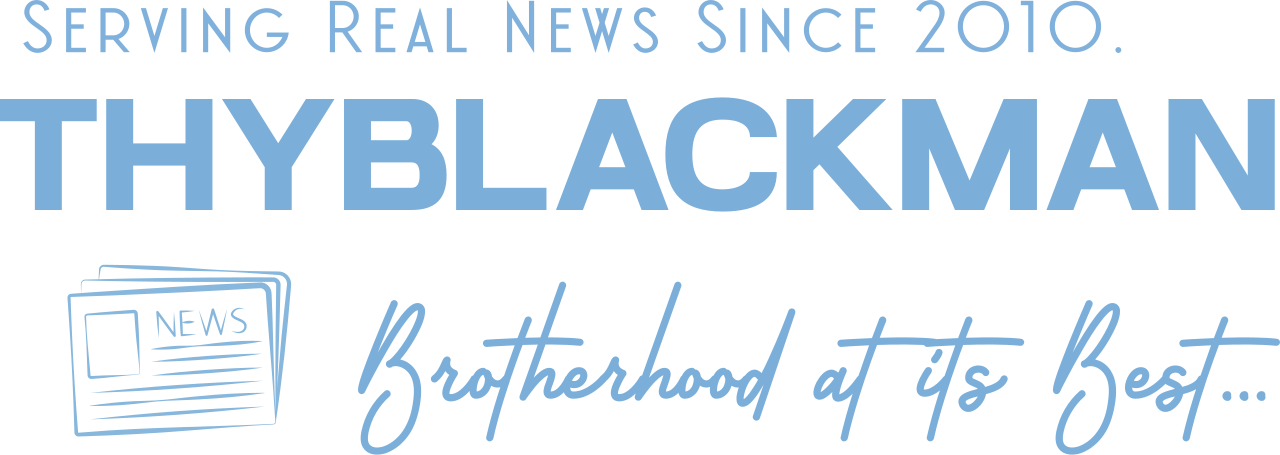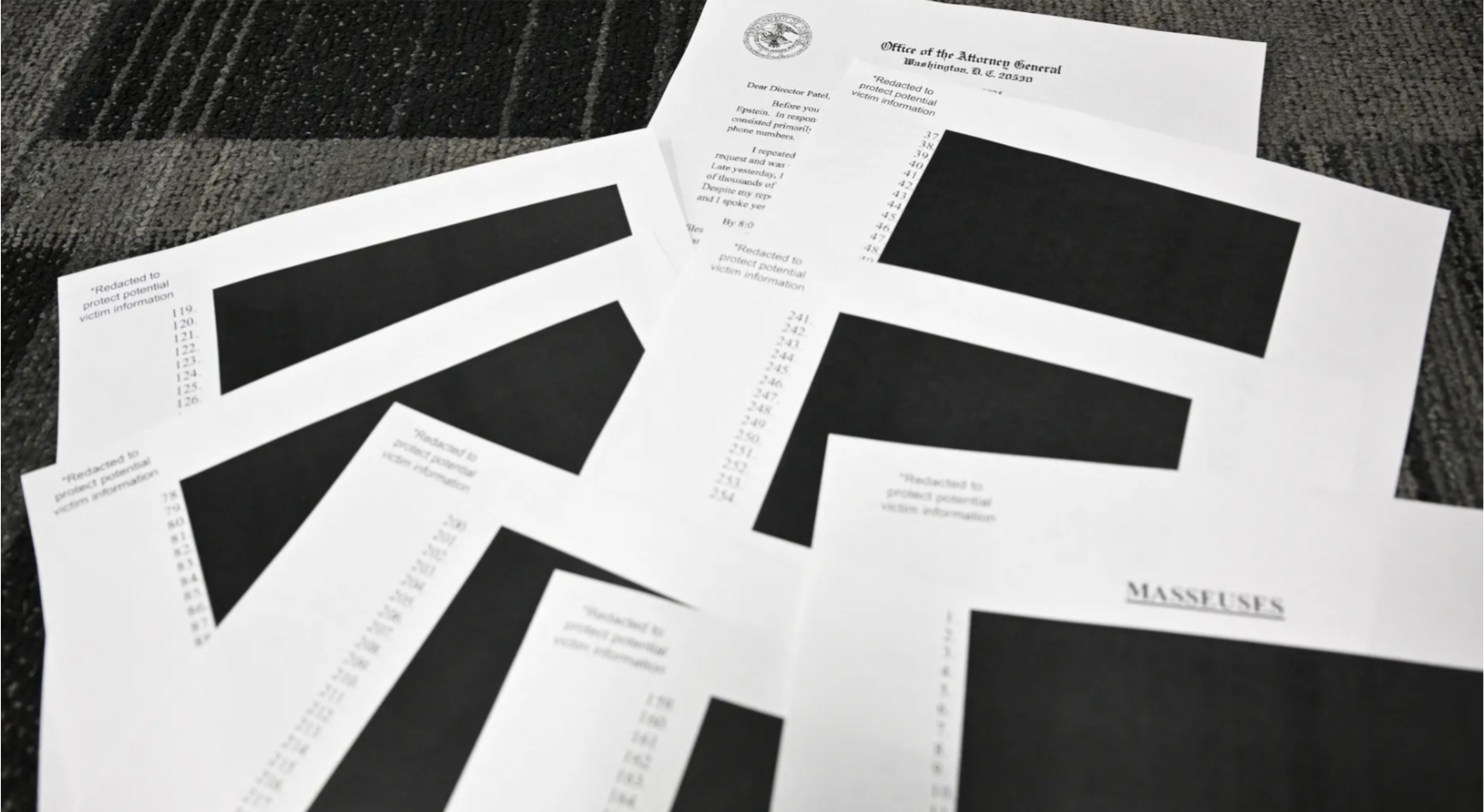(ThyBlackMan.com) We’ve all heard it a million times: “You need an emergency fund!” But what does that really mean, and how much should you actually save for one? The concept of an emergency fund is simple: it’s the money you set aside for those unexpected, inevitable situations—things like a job loss, a medical emergency, or a broken-down car. But when it comes to how much money should be in your emergency fund, there isn’t a one-size-fits-all answer.
Many financial experts recommend saving three to six months’ worth of living expenses, but the truth is, the right amount for you depends on several factors, including your income, lifestyle, and financial obligations. Some people may need more, and others may need less. So, how do you know what your emergency fund should look like, and how do you go about building it? Let’s explore.
If you find yourself already struggling with existing debt and wondering how to make your financial situation more manageable, it’s worth exploring a debt relief application to help create some breathing room. But for now, let’s focus on how to assess and build the emergency savings you’ll need to keep your finances secure.

Why an Emergency Fund Is So Important
Before we dive into the details of how to evaluate your emergency fund, let’s talk about why it’s so important. Having an emergency fund gives you peace of mind. It’s your financial cushion in case something unexpected happens—whether it’s a sudden job loss, an urgent medical bill, or a major home repair. Without an emergency fund, you might find yourself relying on credit cards or loans to cover these expenses, which can quickly spiral into more debt.
The key benefit of an emergency fund is that it provides you with financial stability and flexibility. When you have cash set aside for emergencies, you’re not forced to make hasty decisions or borrow money under stressful circumstances. Instead, you can handle setbacks without derailing your long-term financial goals.
How Much Should You Save?
Now that we’ve covered why an emergency fund is important, let’s tackle the most common question: how much should you save? The general recommendation is to save between three to six months’ worth of living expenses, but the actual amount can vary based on several factors.
Income Stability
One of the biggest factors in determining how much you need in your emergency fund is how stable your income is. If you have a steady, predictable job that provides regular paychecks, you may feel comfortable saving three months’ worth of expenses. On the other hand, if your income is more irregular—say you’re a freelancer, or your job involves seasonal work—you might want to save six months’ worth of expenses, or even more.
The goal is to ensure that you can cover your necessary expenses if your income is interrupted for an extended period. Think about how long you could go without a paycheck before it starts to cause major financial stress. That’s a good baseline for your emergency savings.
Lifestyle and Living Expenses
Your lifestyle also plays a big role in determining your emergency fund. For example, if you have a family to support, live in an expensive area, or have high monthly expenses like rent or a car payment, you’ll need a larger emergency fund. If you’re single, live in a less expensive area, and have lower living costs, you might be able to get by with a smaller cushion.
Make sure to factor in all of your regular monthly expenses, such as:
- Rent or mortgage
- Utilities
- Groceries
- Insurance (car, health, etc.)
- Loan payments (student loans, personal loans, etc.)
- Transportation costs
This will give you a clearer idea of what you need to keep things running smoothly if your income were to stop temporarily.
Financial Obligations and Dependents
Another important factor is any additional financial obligations or dependents you may have. If you have children, elderly parents to care for, or other dependents, you’ll likely need more in your emergency fund to account for their needs. These factors can increase both your living expenses and your level of financial responsibility, so it’s crucial to have extra savings to handle unexpected situations.
Building Your Emergency Fund
Once you’ve determined how much you should aim to save, it’s time to start building your emergency fund. If you’re just getting started, don’t worry about reaching your target amount all at once. The key is to make consistent progress and set realistic goals for yourself.
Start Small, But Start Now
If your emergency fund feels like an overwhelming goal, start small. Begin by saving $25, $50, or $100 each week or month. While it may take some time to build a substantial amount, the important thing is to make saving for emergencies a habit. The more you contribute, the quicker you’ll reach your goal.
If you’re just getting started, consider setting a mini-goal, such as saving $500 or $1,000 as your first milestone. Once you reach that, you’ll feel more motivated to continue working toward your larger goal.
Automate Your Savings
One of the best ways to stay on track with your emergency fund is to automate your savings. Set up automatic transfers from your checking account to your savings account each payday. By making the process automatic, you don’t have to think about it—your savings will grow steadily without effort on your part.
Even a small amount added automatically every month can add up over time, and it ensures that you’re consistently working toward your goal. Plus, it removes the temptation to spend the money elsewhere.
Cut Back on Unnecessary Expenses
Building an emergency fund may require cutting back on some non-essential expenses. Look at your spending habits and see where you can reduce costs. For example, you might be able to cut back on dining out, cancel unused subscriptions, or avoid impulse buys. The more you save by cutting back on non-essentials, the more you can put toward your emergency fund.
Maintaining Your Emergency Fund
Once your emergency fund is up and running, it’s important to keep it intact. Make sure not to dip into it for everyday expenses or unplanned purchases. The whole point of an emergency fund is to have it available for truly unexpected situations, like a job loss or emergency medical costs.
If you do need to use some of the fund, make it a priority to replenish it as soon as possible. Treat your emergency fund as a priority savings goal, and continue to add to it over time.
Final Thoughts: Security and Peace of Mind
Having an emergency fund is more than just a financial safety net—it’s a step toward achieving long-term financial security and peace of mind. By evaluating how much you need to save, starting small, and building your fund over time, you’re taking control of your financial future. Remember, it’s not about having a huge pile of money in the bank; it’s about being prepared for life’s unexpected twists and turns. Whether you’re facing a job loss, a car breakdown, or medical expenses, your emergency fund will be there to help you weather the storm.
Staff Writer; Larry Shaw

















Leave a Reply